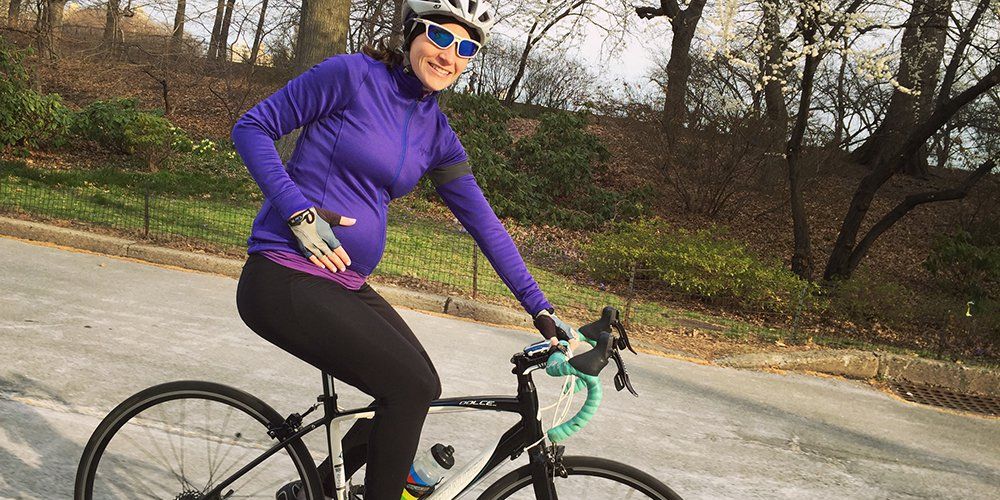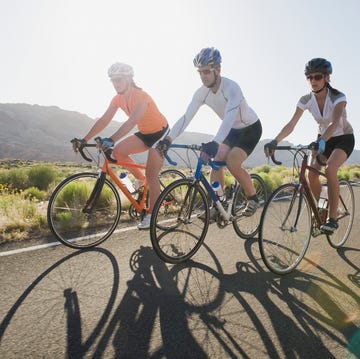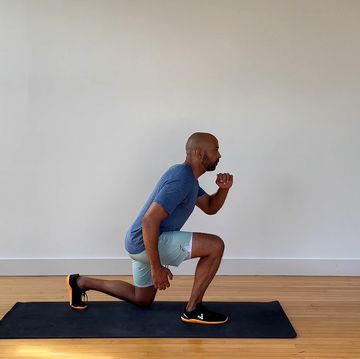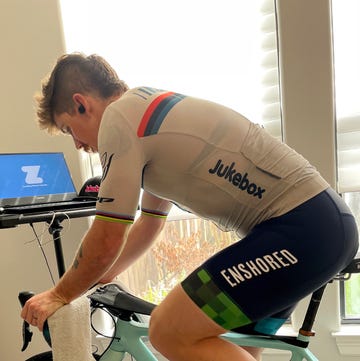How to Ride Safely Through Your Pregnancy
With the help of pro cyclists and medical experts, a momma-to-be navigates the biggest of bumps in the road—and shows how you can, too
I realized I was pregnant last fall on a bike ride in Havana; my suddenly-sore boobs were the first clue. (The positive test six days later was the second.) As my husband and I pedaled 50 miles with CanBiCuba—a bike tour company delivering us (and gear donations) to a youth racing club—I kept this, along with other thoughts, to myself: Does this Clif bar have too much caffeine? Am I drinking enough water? Oh, SHIT... I had two mojitos last night!
There was one vexing question: Could I keep riding? Assuming my saddle days were over for the next nine months, I reveled in every muscle burn and pedal stroke I could eke out. Cycling is my way of keeping my hectic life in order; I didn't like the idea of losing those morning laps of Central Park, or the weekend spin over the George Washington Bridge to the donut shop in Nyack.
Did they have to be over? Pregnancies already mean giving up alcohol, sanity, and a good night’s sleep. Must we also forego the freedom to ride the open road?
Become a faster and fitter cyclist by following training tips specifically for female riders in the Bicycling Big Book of Cycling for Women!
I was surprised by the dearth of information available to expecting cyclists. Dr. Aimee Layton, a clinical exercise physiologist at Columbia University Medical Center and a member of the CityMD Women's Racing Team, had an explanation for this.
“No researcher has taken a group of pregnant women above their anaerobic threshold and studied what exercises are harmful to the fetus; it’s just not something that’s going to be approved by the review community,” says Layton, who continued to ride during and after her pregnancy last year. “Doctors will advise their patients not to let their heart rate go above 145, but there’s no empirical evidence out there that confirms what’s safe or not.”
Sure enough, my OBGYN recommended I keep my heart rate under 145. At the second appointment, I told her I could barely break a sweat at that rate: Could it be increased at all? “Okay,” she recanted almost immediately. “You’re fit and have a low-risk pregnancy, so if you feel good then just do what’s comfortable for you.” Huh?
RELATED: 8 Weird Ways Having a Baby Changes Your Ride Life
If that was true, I wondered, how many other pregnancy guidelines aren’t as stringent. How should expecting mothers who ride deal with ambivalent doctors and maintain their activity without putting themselves or their child at risk?
Although not hard and fast rules, here are the five most imporant (and reasonable) tips to safely ride while pregnant.
Watch Next

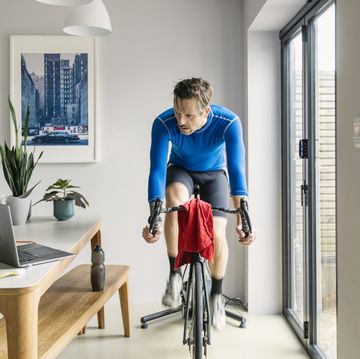
5 Ways You Can Benefit From Cycling at Your Desk
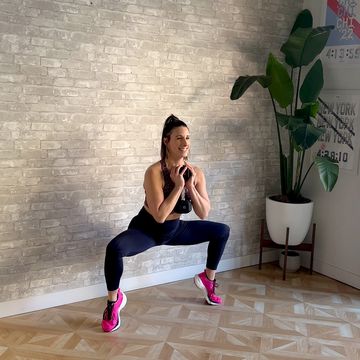
Inner Thigh Workout for Better Stability
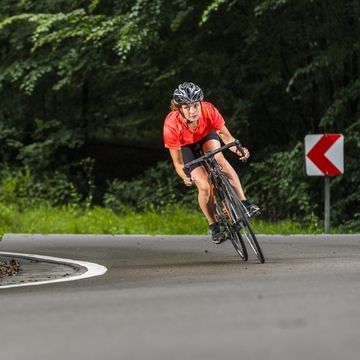
The Best HIIT Workouts for Cyclists
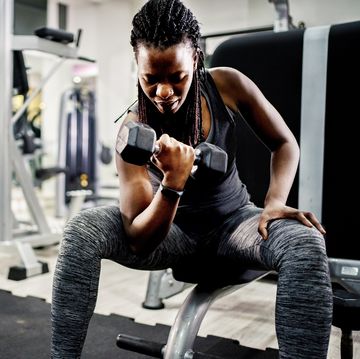
Study: Exercise One Limb to Strengthen the Other
